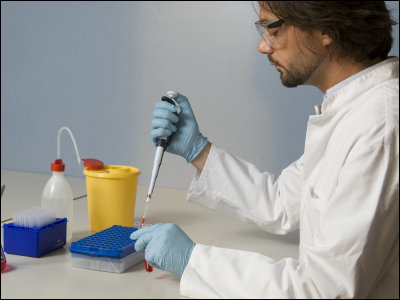First successful treatment of HIV in women with stem cell transplantation

A research team in the United States has succeeded in treating HIV in women with a new type of stem cell transplantation treatment using
A Woman Is Cured of HIV Using a Novel Treatment-The New York Times
https://www.nytimes.com/2022/02/15/health/hiv-cure-cord-blood.html
Third person apparently cured of HIV using novel stem cell transplant | Medical research | The Guardian
https://www.theguardian.com/science/2022/feb/15/hiv-aids-cure-third-person-woman
Scientists have possibly cured HIV in a woman for the first time
https://www.nbcnews.com/nbc-out/out-health-and-wellness/scientists-possibly-cured-hiv-woman-first-time-rcna16196
HIV: Researchers report third case of remission after stem cell transplant using umbilical cord blood --CNN
https://edition.cnn.com/2022/02/15/health/hiv-third-person-remission/index.html
Bone marrow is commonly used for stem cell transplantation therapy for leukemia. However, in order to perform bone marrow transplantation treatment, it is essential that the cell type called human leukocyte antigen (HLA) is exactly the same between the donor and the patient.
The anonymous patient who successfully remitted HIV this time has been revealed to be a woman living in New York with blood from multiple races. The woman was reportedly suffering from two serious illnesses, HIV and leukemia, at the same time, and because 'most of the donors of bone marrow transplants are white,' the blood is on the fetal side of the umbilical cord. Stem cell transplantation treatment derived from 'umbilical cord blood' will be given.
Although cord blood-derived stem cell transplantation therapy is highly risky, it is characterized by its ability to be applied even if the HLA does not exactly match between the donor and the patient. This time, the woman was looking for an 'HIV-resistant donor' to treat HIV and leukemia at the same time, and was asked to have the double hurdle of 'treating leukemia with stem cell transplantation', but the first hurdle was For HIV-resistant donors, the cord blood bank had a much richer database than the bone marrow bank, which was of great help.

The woman received the aforementioned stem cell transplantation treatment in August 2017, and 37 months after the operation, she discontinued anti-retroviral therapy because of her good progress. Fourteen months have passed since then, but the blood test showed no signs of HIV, and this time it was reported as 'remission'.
In this case, it is reported that the two points of 'female' and 'mixed races' are particularly significant. In the United States, most of the races registered as donors are Caucasian, even though African Americans make up about 40% and Hispanic Americans make up about 25% of HIV-infected people. Also, about half of the world's HIV-infected people are female, but only 11% of female clinical trial participants are women's HIV studies, even though it is believed that there is a gender difference in the progression of HIV. Was in a situation where he was significantly delayed.
It is also noteworthy that the postoperative course was extremely good. Timothy Ray Brown, who became the world's first HIV cure, and a man who became the second HIV cure are said to have had various side effects after surgery, and Brown is half dead and half alive after surgery. It is said that the second HIV-completed person lost nearly 30 kg one year after the transplant surgery, suffered from hearing loss, and suffered from multiple infections. On the other hand, the woman this time, in contrast, was discharged only 17 days after the operation.
Although this case is reported to be successful, some experts argue that the case fatality rate of stem cell transplantation treatment using cord blood is 20%, and even if it succeeds, it can cause multiple side effects. If it is a treatment that should be avoided. ' Therefore, Anthony Fauci, director of the National Institute of Allergology and Infectious Diseases, which is renowned as the highest authority on infectious diseases in the United States, said, 'This treatment was adopted because this person happened to have an underlying disease requiring stem cell transplantation. I don't want you to think that this treatment is applicable to 36 million people living with HIV. '' It is not realistic for this method to become widespread. '
Related Posts:
in Science, Posted by darkhorse_log







